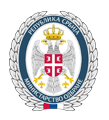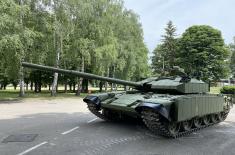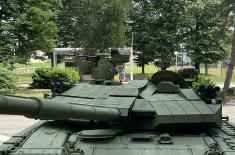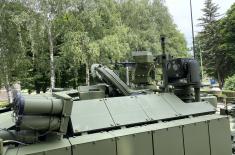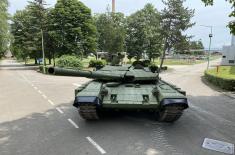01.09.2020.
Modernisation of M-84 Tank is One of Priorities
The Army is the most numerous and best equipped arm of the Serbian Armed Forces. Its organization, composition, weapons and equipment are adapted to assigned missions and tasks of the Serbian Armed Forces, primarily for operations on land. As such, the Army must be ready and prepared to respond to all challenges, which requires personnel training and modernization of resources.
In this regard this, 2020 is the year in which most investments have been made in modernisation and overhaul of that arm assets, which resulted in Serbian Armed Forces becoming a regional tank force. Pursuant to initiative of the President and Supreme Commander of the Serbian Armed Forces, Aleksandar Vučić, during the modernisation we use national potentials, "our intelligence", "our knowledge" and our war and combat experiences. In the framework of the Army modernisation, special attention was paid to M-84 tank, an asset that is the most widely used in the units of the Serbian Armed Forces.
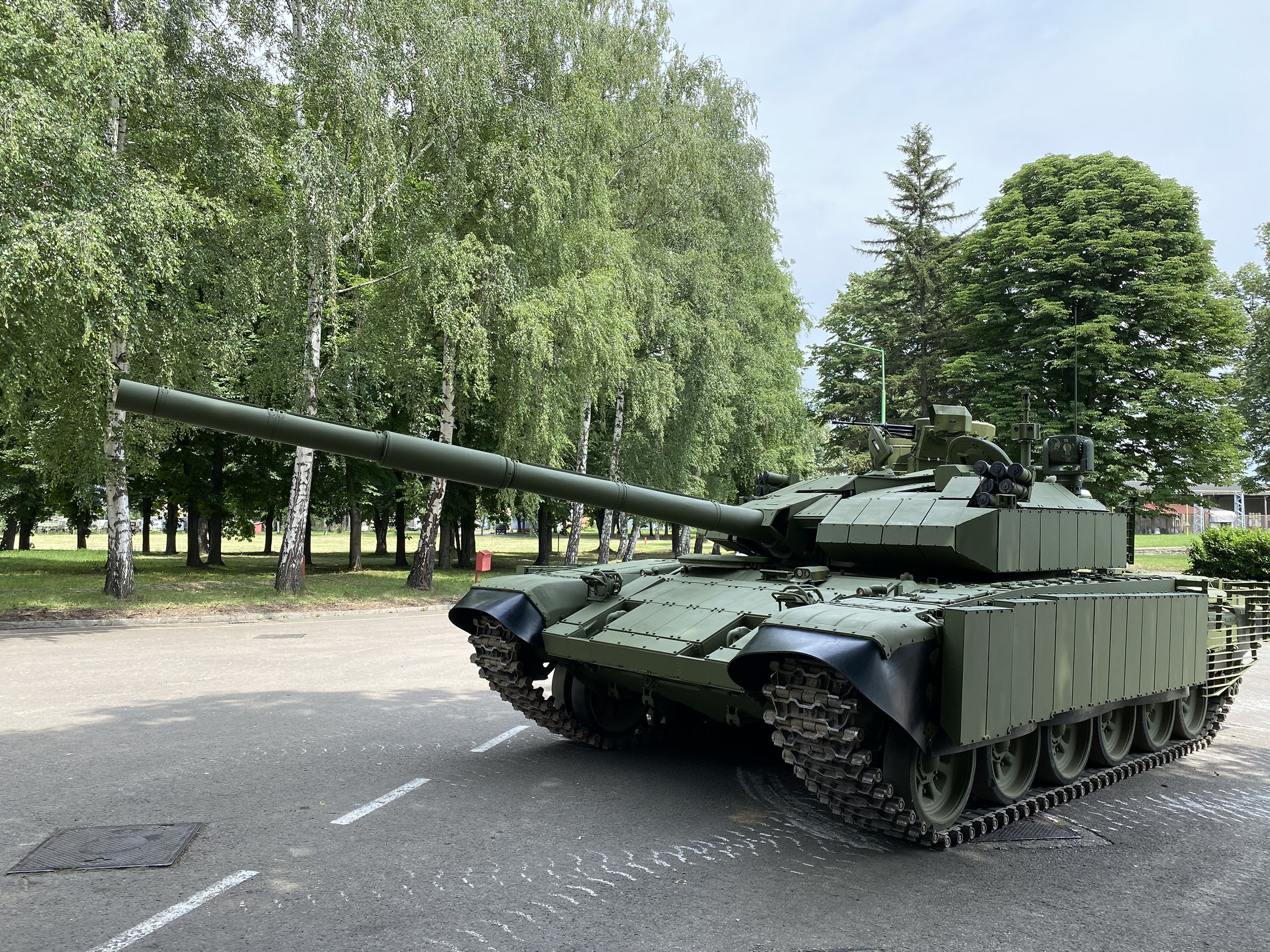
The analysis of the state and tendencies of development of new and modernisation of existing tanks in modern armed forces of the world and harmonization with the requirements of armoured units of the Serbian Armed Forces, capabilities of national production and research capacities, led to a conceptual solution for modernisation of tank M-84 (A). The Technical Overhaul Institute in Čačak is a lead institution for modernisation of M-84 tank, and through that task it is modernizing its capacities and equipment and assists the Military Technical Institute in the realisation of the project.
Having in mind the potentials of M-84 tank platform, the Serbian Armed Forces are implementing the modernisation in two phases - the first phase is dedicated to modernisation of nine subsystems, and in the second phase another 12 subsystems will be modernised, which practically means that all vital subsystems are to be modernised new technologies. The modernisation is based on the development and integration of components in national capacities, and import of components that cannot be produced in our country and their integration in national capacities.
Modernization of the tank in the first phase includes the installation of a remotely controlled combat station with a 12.7 mm machine gun, integration of a more modern and precise meteosensor, improved communication and command of the new means, improved visualisation for commanders and drivers, then increased protection through installation of new generation explosive reactive armour and extended anti-cumulative plates and cage-armour, increased probability of survival through instalment of a system for protection against fuel explosion and fire and the installation of devices for prevention improper engine start and components that increase the reliability of start of the drive unit.
The second phase of modernization includes modernisation of the sighting device of the marksman, installation of a stabilized remotely controlled combat station with a 12.7 mm machine gun, introduction of gun ammunition of higher efficiency on the target, installation of a modernised commander’s device and better arrangement of the commander's position, and enhancement of tank mobility through change of sub-systems of drive unit and track system of the tank, and through increased active protection by installing sensor systems and automation of smoke box launchers with better protective characteristics.
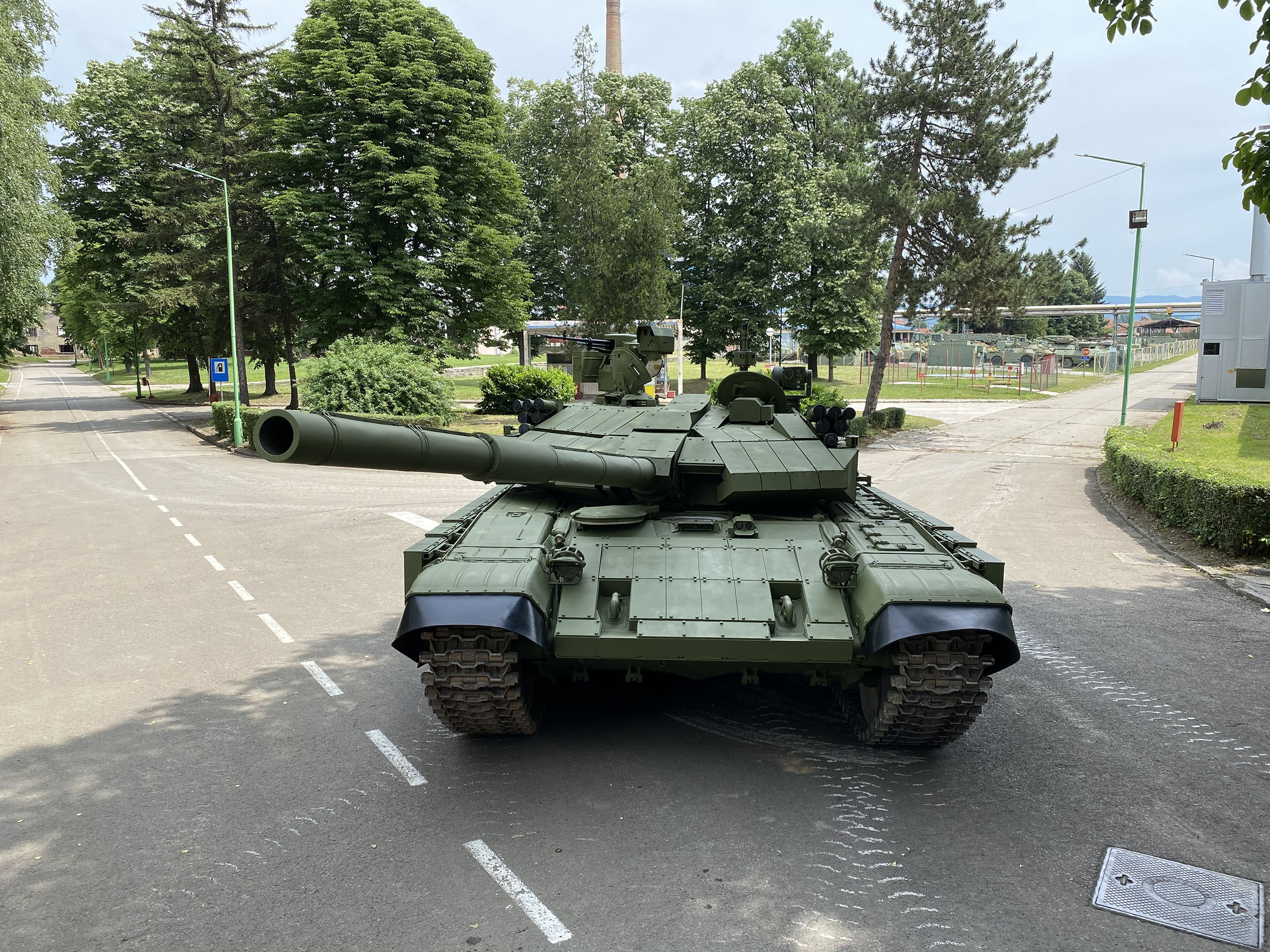
This significantly improves the situational awareness of all crew members, especially commander, with his 360-degree surveillance system around the vehicle and remotely controlled combat station that has a special fire control system, thermal vision camera and which enables the commander successful engagement even in specific situations, ambushes, and settlements and similar.
While defining the conceptual solution, the aim was to achieve a systemic solution with the greatest possible application of assemblies and parts that are incorporated in assets already introduced in arms and military equipment or which are in the phase of verification tests and adoption, with as few modifications as possible of the assets and as great as possible compatibility and interchangeability of parts, at a reasonable price, minimal investments and maximum convenience of maintenance.
Zero series M-84 tanks were made in 1984. Tanks produced from 1988 to 1991 had stronger engines and armour protection improvements taken from T-72M1. Taking into consideration that nothing has been done since 1991 in terms of modernisation of M-84 tank, this is a great success and a huge step forward in equipping the armoured units and the Army as a whole.
Besides that, the financial status and standard of members of the Serbian Army has been significantly improved and therefore the morale of their members is at an extremely high level. This is supported by the fact that the tankmen of the Serbian Armed Forces this year as well participate in the "International Military Games 2020" in the Russian Federation in the event "Tank Biathlon", where they achieve notable results year after year.
 PHOTOGALLERY
PHOTOGALLERY VIDEOGALLERY
VIDEOGALLERY01.09.2020
 mp4 (60,74 MB)
mp4 (60,74 MB)Video clip 1
